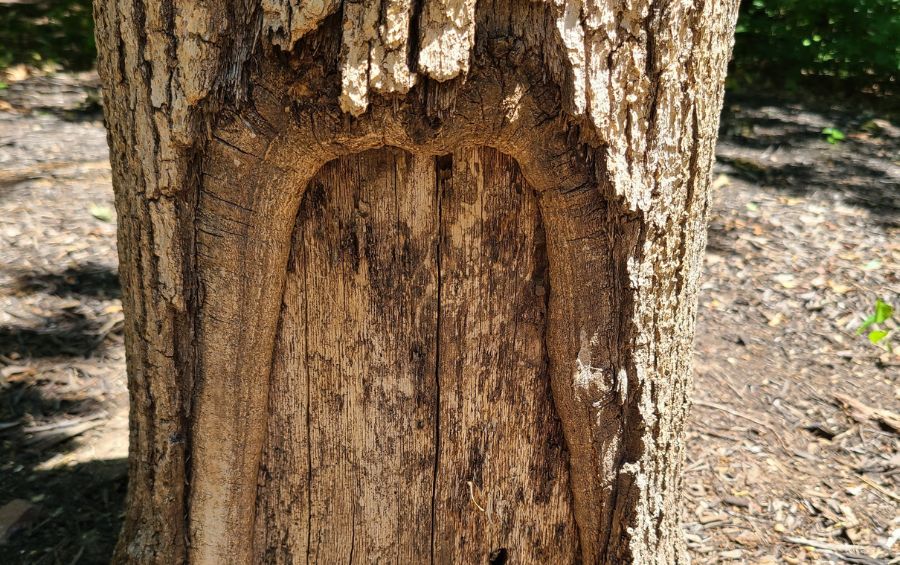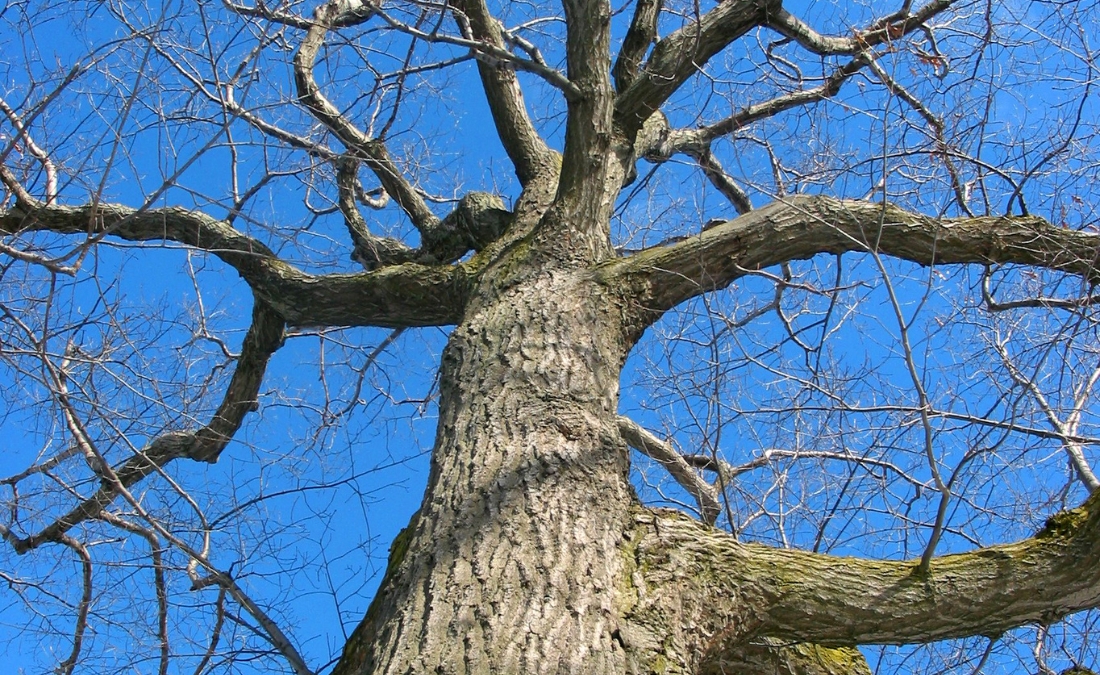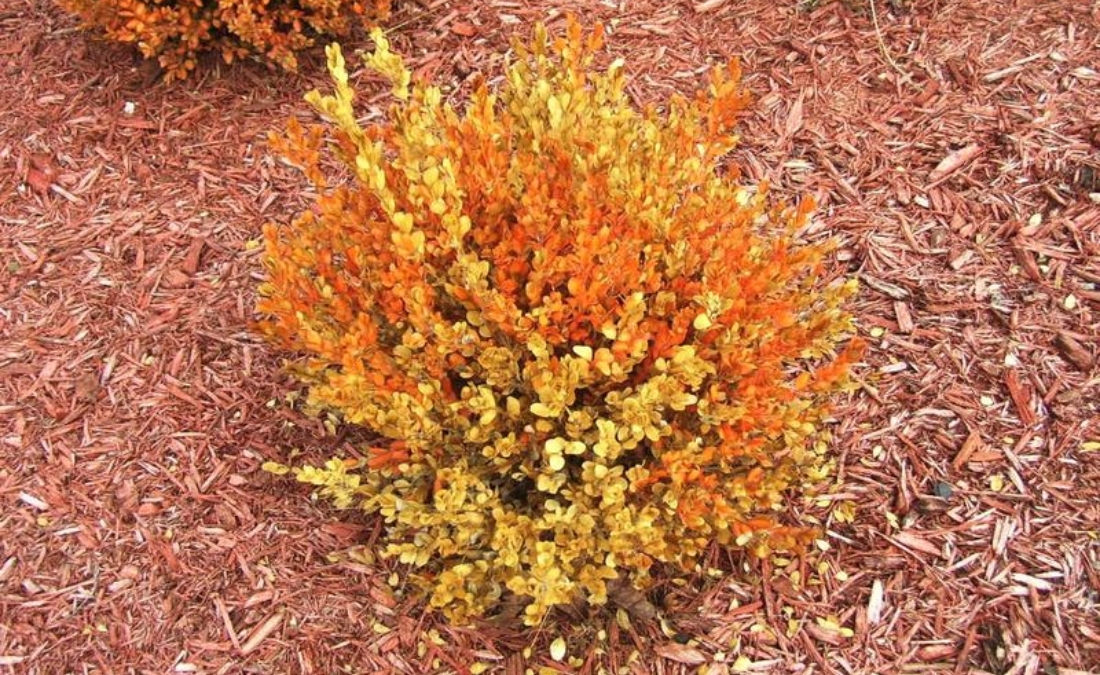Top 5 Reasons to Remove Hazardous Trees Before Winter in Shawnee, KS

Winter storms can turn hazardous trees into serious threats. Discover signs, benefits of removal, & expert tips to keep your landscape safe with Arbor Masters.
As winter approaches, the risk of storm damage to your property increases – especially when hazardous trees are involved. Strong winds, snow, and ice can turn unstable trees into major threats, potentially causing costly damage to your home, vehicles, and landscape. Protect your family and property by taking action now to remove hazardous trees before winter arrives.
Key Takeaways:
- Signs of a hazardous tree include leaning, dead branches, cracks in the trunk, pest infestations, or disease.
- Trees can become hazardous due to aging, pests, diseases, weather stress, improper pruning, or other accidental damage.
- Removing hazardous trees before winter helps prevent storm damage, avoid costly emergency repairs, and preserve the health of nearby trees.
- Regular tree care, like inspections, proper pruning, and soil management, can prevent future tree hazards and keep your landscape healthy.
Signs of a Hazardous Tree
Identifying a hazardous tree on your property is the first step in keeping you and your family safe. A hazardous tree is defined as a tree with structural defects that could cause it to fail, posing a risk to people, property, or other targets if it falls.
For most homeowners on small lots in urban and suburban areas, every large tree has a target (something it can damage). The saying, “no target, no hazard,” usually only applies on larger rural properties where a tree wouldn’t cause damage if it falls or drops large branches.
Homeowners are often surprised when a tree falls during a storm, thinking it looked healthy beforehand. However, hidden damage – caused by various factors – likely made the tree unstable well before severe weather hit.
Lean and Stability Issues
One of the most telltale signs of a hazardous tree is if it appears to be leaning. While some trees lean naturally, if a tree has significant tilt or seems off-balance without an apparent cause, it could be a sign that the roots are compromised. This is especially true if a tree started off by growing straight, only to develop a “sudden” lean after a storm or during periods of heavy rainfall.
This instability increases the risk of a tree toppling during a storm, especially when heavy winds or ice are involved because there’s not much else anchoring the tree into the ground.
Dead or Dying Branches
Dead or dying branches are another clear indication that a tree may be hazardous. Branches with loose or peeling bark or those with a stubby appearance are more likely to fall, posing a serious risk to people, vehicles, and structures beneath them.
These branches may be difficult to spot unless you’re looking closely, so it’s important to inspect the tree thoroughly or have it assessed by a Certified Arborist.

Cracks or Cavities in the Trunk
Cracks or deep cavities in the tree’s trunk are signs that its internal structure is weakening. These are often signs of internal decay. Trees with significant trunk damage may not have the support they need to withstand high winds or heavy snow and ice.
Root Damage
Healthy tree roots anchor the tree securely to the ground, but if they become damaged or start to decay, the tree’s stability can be compromised. Root rot is often difficult to detect without digging up the soil, which could potentially damage other roots in the process.
However, exposed roots caused by soil erosion or heavy storms can signal underlying issues affecting the tree’s stability.
Fungal Growth
Fungal growth around the base of a tree, such as mushrooms, may indicate that the tree is decaying. Fungi feed on decaying wood, which can indicate that the tree’s structure is compromised. However, mushrooms can also be a sign of Armillaria root rot, or even from decomposing organic matter in the soil.
If you notice unusual fungal growth, it’s best to have the tree inspected by a professional.
How a Tree Becomes Hazardous
Trees can become dangerous for various reasons, ranging from natural aging to reoccurring damage. Understanding how trees become hazardous can help you take the necessary precautions to keep your trees safe and healthy.
- Natural Aging Process: As trees mature, their individual parts and overall size can overwhelm their support systems. Branch or stem unions may no longer be able to support oversized branches or their root system may no longer be able to anchor the entire tree. Storms or extreme weather conditions can push these already maxed out support systems to the point of failure.
- Pests and Diseases: Insects like the emerald ash borer or diseases like oak wilt can invade and damage a tree’s internal structure. These issues often go unnoticed until the tree becomes severely compromised, making it more susceptible to falling.
- Weather Stress: Severe weather, such as high winds, drought, heavy rainfall, and occasional snow in the Shawnee, KS, area can put immense stress on trees. Repeated storm damage can make trees more vulnerable to collapse.
- Improper Pruning and Physical Damage: Poor pruning practices or accidental damage caused by construction or even lawnmowers can also contribute to instability over time.
Top Reasons to Remove Hazardous Trees Before Winter
Removing hazardous trees is one of the smartest ways to protect your home and property year-round. However, hazardous tree removal before winter hits is especially important for several reasons.
1. Prevent Storm Damage
Winter storms in Shawnee bring high winds, snow, and ice, which can intensify tree weaknesses. Unstable or compromised trees are far more likely to fall under the added weight and pressure, potentially causing extensive damage to your home, fence, or nearby power lines.
2. Avoid Costly Emergency Repairs
After a storm, emergency tree removal can be expensive, and that’s before the costs associated with home repair once the tree or branch has been removed from your home. By removing hazardous trees now, you can save on emergency expenses and prevent costly repairs.
3. Preserve the Health of Nearby Trees
Diseased or pest-infested trees can quickly spread their issues to nearby healthy trees, especially if left untreated over the winter. By removing compromised trees now, you can protect the rest of your landscape and reduce the risk of having pests and diseases spread, since they overwinter in bark, branches, or fallen leaves.
4. Prepare for New Growth in Spring
Removing a hazardous tree before winter frees up valuable space for new plantings or landscaping projects. This way, when the warmer weather returns, your yard will be ready for healthy, vibrant growth from new plants, setting the stage for a beautiful spring landscape.
5. Gain Peace of Mind
Winter may be the immediate concern, but Kansas weather brings more than just wind, snow, and ice. After winter, the region faces intense spring weather, including derechos, tornadoes, and severe thunderstorms, all of which increase the risk of unexpected tree-related damage.
Removing hazardous trees now gives you peace of mind, knowing you’re prepared, regardless of what the Kansas weather brings in the coming months.
Tree Care Tips to Help Prevent Hazardous Trees
While some hazards are inevitable, there are many things you can do to keep your trees healthy and strong, preventing trees from requiring removal. These tips are meant to help preserve the health of other trees in your landscape and most likely won’t save trees that are already in need of removal.
While some hazards are unavoidable, year-round tree care plays an important role in keeping your trees healthy and strong, reducing the likelihood of needing removal. By focusing on seasonal tree care, including winter tree care, you can help preserve the health of the other trees in your landscape.
Here are a few tree care tips we recommend:
- Schedule Regular Inspections: An annual inspection by a Certified Arborist can identify potential issues early, preventing them from becoming serious hazards. At Arbor Masters, we prioritize preserving trees whenever possible, and our experts are dedicated to doing everything necessary to keep your trees healthy and safe before removal is considered.
- Practice Proper Pruning: Removing dead or damaged branches reduces the risk of them falling and encourages strong, healthy growth for the rest of the tree canopy. However, improper pruning cuts or over pruning a tree can weaken it. Leave pruning to the professionals to ensure your tree is pruned safely and effectively. For best results, prune in the winter to reduce stress on your tree.
- Consider the Soil: Healthy roots are the foundation of strong trees, but soil compaction can limit root growth and water absorption. Air spading helps loosen compacted soil, while adding organic matter or fertilizer improves soil health, giving your tree better access to nutrients and water.
- Water and Mulch Regularly: Consistent watering, especially during dry spells, keeps trees hydrated and resilient against stress. A layer of mulch around the base helps retain moisture, regulates soil temperature, and protects roots from temperature extremes during winter and summer.
- Monitor for Pests and Diseases: Regularly inspect trees for signs of pests or diseases, such as discolored leaves, fungal growth, or visible insects. Catching infestations early and applying treatments as needed can prevent serious damage and maintain the health of your entire landscape.
- Install Structural Support: Structural support systems like cabling and bracing can strengthen weaker sections of a tree and reduce the risk of failure.

Protect Your Shawnee Property This Winter by Removing Hazardous Trees
If you’re concerned about hazardous trees on your property, Arbor Masters is here to help. Our expert arborists can assess your trees, provide professional removal services, and offer guidance to keep the rest of your landscape healthy and safe.
Call us today at 913-441-8888 to schedule a consultation and ensure your trees are ready for winter!

Get the latest local news, tree care tips, special offers, and company updates directly to your inbox! It's easy to subscribe and there's no spam - we promise.
"*" indicates required fields




